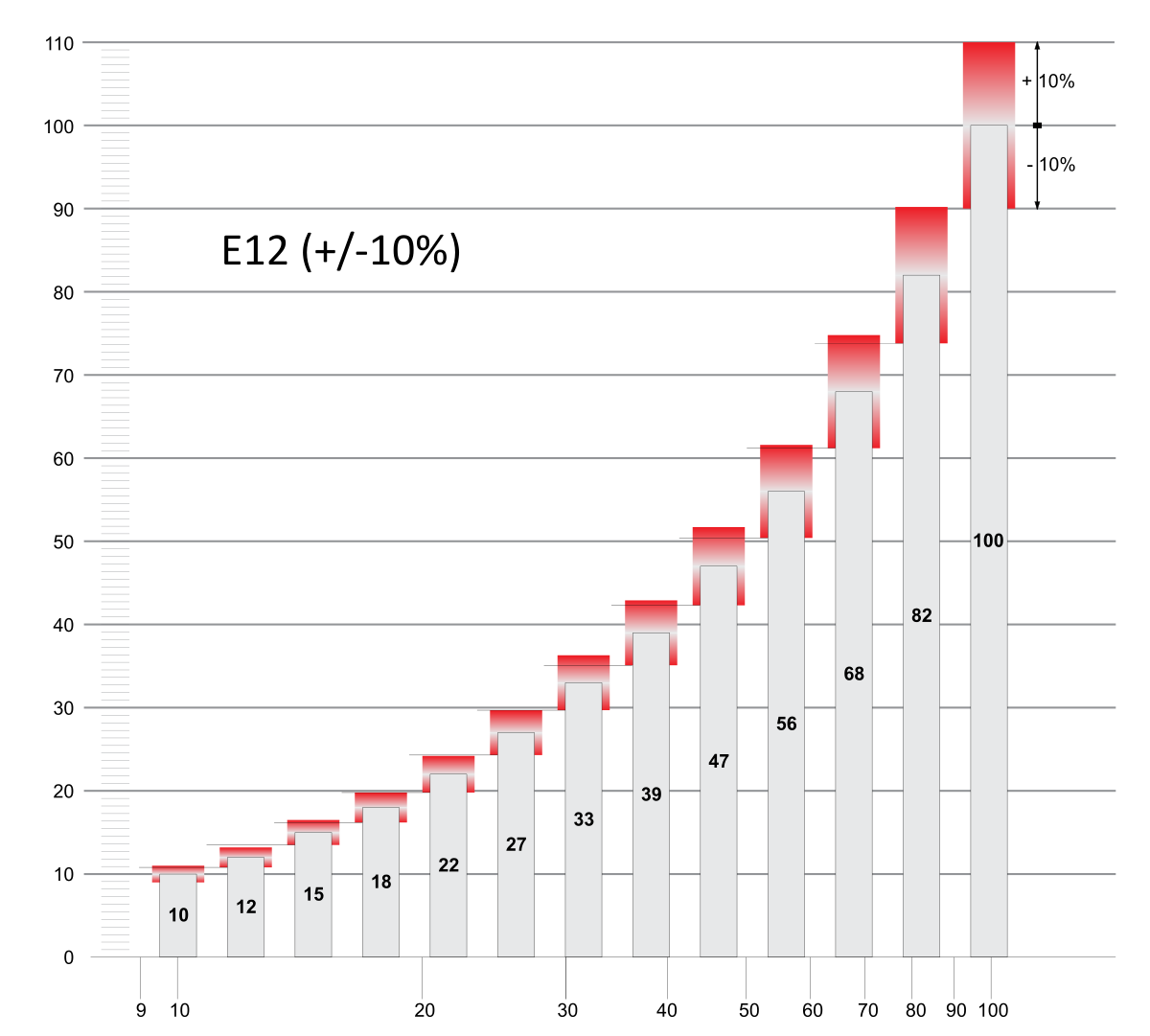Random question I just thought of while working on a project yesterday: How come most component values seem to be kind of "odd" numbers?
(Not literally odd/even but just...not particularly "round")
Take resistors for example. You'll often see values of 470R, 4.7K, 14.7K, 47K, 470K, etc....but then it seems like more "round" numbers like 500R, 5K, 15K, 50K, 500K are comparatively much less common. Or even more so for caps: I feel like I'm using 4.7nF or 47nF caps all the time, but almost never 5nF or 50nF, for instance...
So I guess basically I'm just wondering in theory how we got to that "scale". It feels like one of those things where it's like Celsius vs Fahrenheit or Metric vs Imperial where one tends to produce more "round" numbers than the other, but I'm not sure what the alternative would be here... Don't know if that question makes a lot of sense or not, but just kinda had that thought recently...


